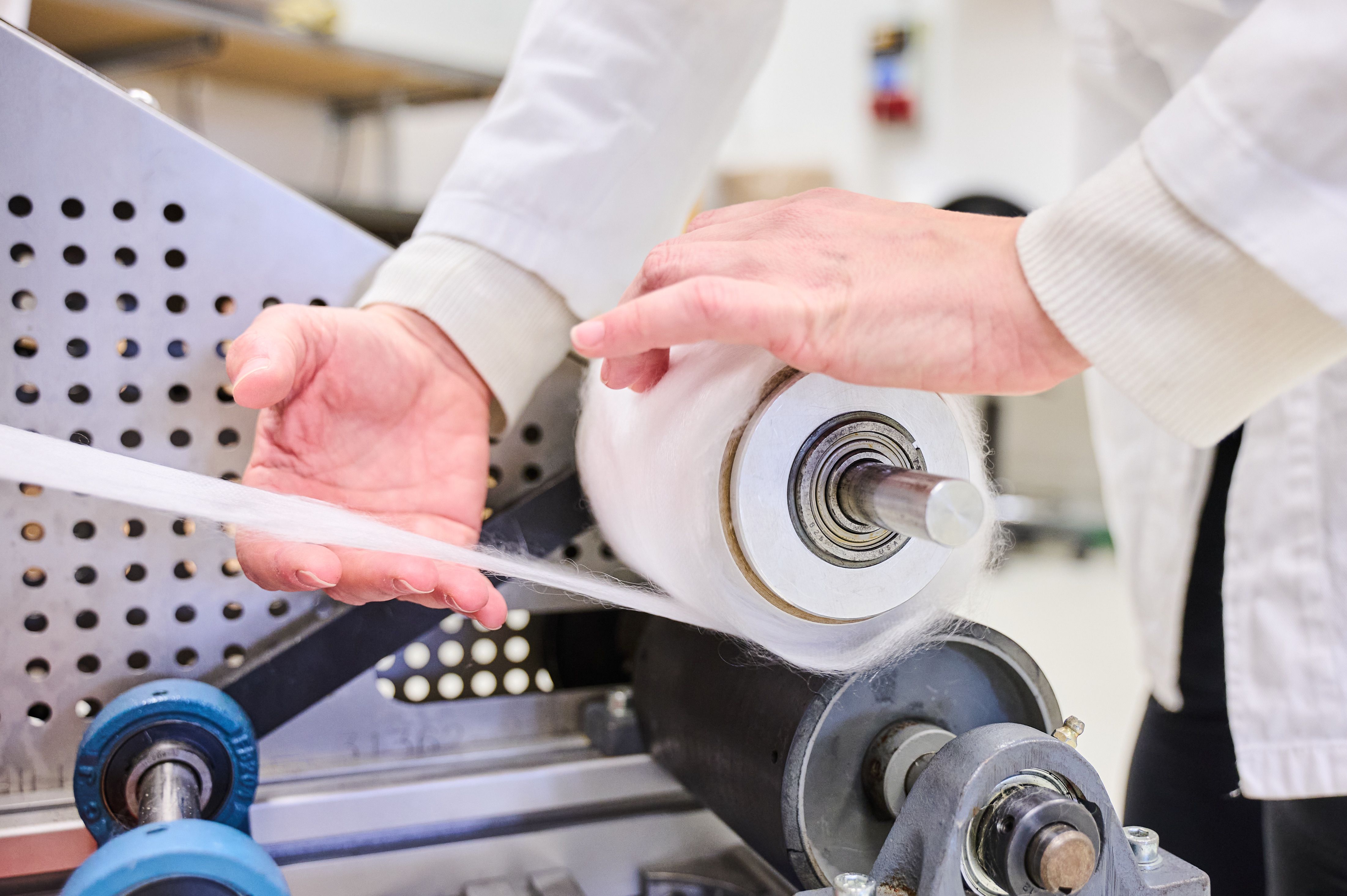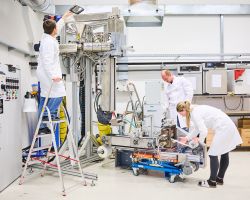How to Reduce Your Carbon Footprint?
As part of the TREND program supported by the Technology Agency of the Czech Republic (TAČR), the Centre for Polymer Systems is currently working on the project:
"Reduction of the Carbon Footprint of Nonwoven Textiles, Especially for Disposable Hygienic and Medical Applications" (FW06010324)
The main coordinator of this project (2023-2026) is PFNonwovens s.r.o., collaborating with the research group Polymer Processing, led by Prof. Tomáš Sedláček.
Project Goal
The goal of the project, as stated by Roman Kolařík, is to reduce the carbon footprint in the production of nonwoven textiles for disposable hygienic and medical applications, such as:
-
Baby diapers,
-
Menstrual products,
-
Incontinence products for adults,
-
Protective and absorbent medical supplies.
Currently, these products are mainly made from polyolefins (oil-based polymers), which significantly increase their environmental impact.
For this reason, the project is seeking alternative polymers from renewable sources, known as bioplastics, including:
-
Polylactide (PLA) – produced from corn starch,
-
Bio-polyethylene (bio-PE) – derived from sugarcane,
-
Polyglycolide (PGA) – based on glycolic acid,
-
Polybutylene succinate (PBS) – a biodegradable polymer.
This production shift involves processes such as milling plant-based sources, starch extraction, glucose isolation, and fermentation to obtain the final bioplastics.
Focus of the Project by CPS
The Polymer Processing research group focuses on:
-
Analyzing newly selected polymers and their properties,
-
Testing materials on the UTB laboratory pilot line, which allows simulation of different processing conditions,
-
Evaluating the mechanical and tactile properties of the resulting nonwoven textiles,
-
Defining optimal fiber and fiber structure processing conditions.
Project Outcome
The project aims to optimize the production of nonwoven textiles using polymers from renewable sources. The expected results include:
-
Reducing the carbon footprint while maintaining key properties (strength, absorption, softness, etc.),
-
Potential implementation in hygienic absorbent products for all age groups – from infants to seniors.
Thanks to this project, we are moving closer to eco-friendly alternatives that can reduce our dependence on fossil resources and improve production sustainability.



